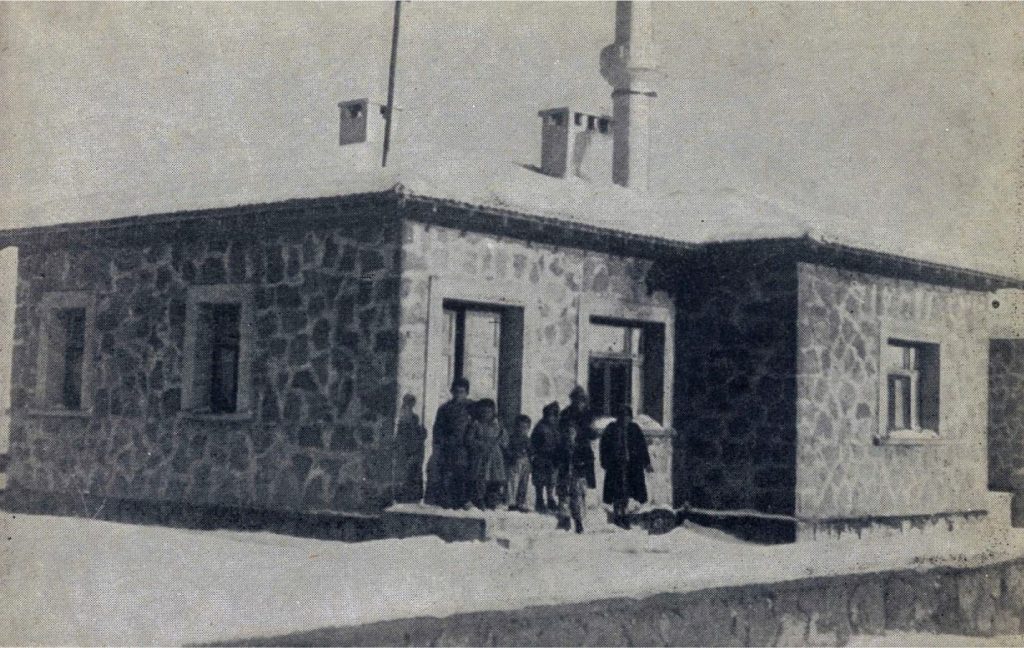Cooperative House-Building Practices in the Aftermath of WWII

Sıla Karataş (École Polytechnique Fédérale de Lausanne – Switzerland), How the Labour Self-Build: Marshall Plan and Workers’ Housing Cooperatives in Turkey
This presentation aims to discuss the transnational activity and discourse behind the programmatic shift in spatial production and layout of workers’ housing in Turkey from the state-financed model of the interwar period to the assisted self-help model by the introduction of the Marshall Plan after the World War II. In particular, the paper argues that the ideological and spatial activity and discourse of the Marshall Plan indoctrinating ‘democracy, cooperation and freedom’ instrumentalized workers’ housing cooperatives for the promotion of postwar Americanization.
Turkey, like other participating countries of the Marshall Plan, witnessed domestic migration and rapid urbanization, and thus a great housing shortage and informal construction boom at the peripheries of cities due to industrial and infrastructural development as well as to agricultural mechanization. This postwar development activity was guided by financial and technical assistance programs of the United States and related multilateral organizations. Cooperative housing was popularized by the state as a low-cost and efficient construction model against the housing shortage and as an element of Fordist decentralization, but rather to construct the productive and affluent middle class ‘worker’ of the postwar welfare state through home ownership in especially single-family housing.
Based on workers’ pension funds released from the Workers’ Insurance Agency and loaned by the Mortgage Loans Bank, the legislative and institutional layout of this self-help model eliminated the state-financed technocratic practice of the interwar period for free/rental housing in factory site. Instead, it introduced an assisted community practice of workers for home ownership by providing free/cheap land and construction loans but also by casting a role for worker inhabitants as builders, which pioneered the current real-estate development as it channeled workers into informal systems of capital, construction, and home ownership. This housing practice also guided modern urbanization and urban sprawl through specific settlement morphologies and architectural typologies in urban peripheries. Single-family detached house promoted in the initial years of the model shifted to multi-family housing block due to the rise of land prices and construction costs, which made apartment block on individual parcel as the common practice of modern housing in Turkey.
The presentation refers to official documents and reports prepared by foreign experts as well as to practices of political parties, social policy officials, planners, architects, and labour unions next to exemplary cooperative settlements. Therefore, it aims to highlight the role of the Marshall Plan and related transnational activity on local policy, program, and architectural practice of workers’ housing as well as the political and spatial instrumentality of cooperatives for postwar Americanization.
November 10, 2021 – 5 pm CET (Link)


